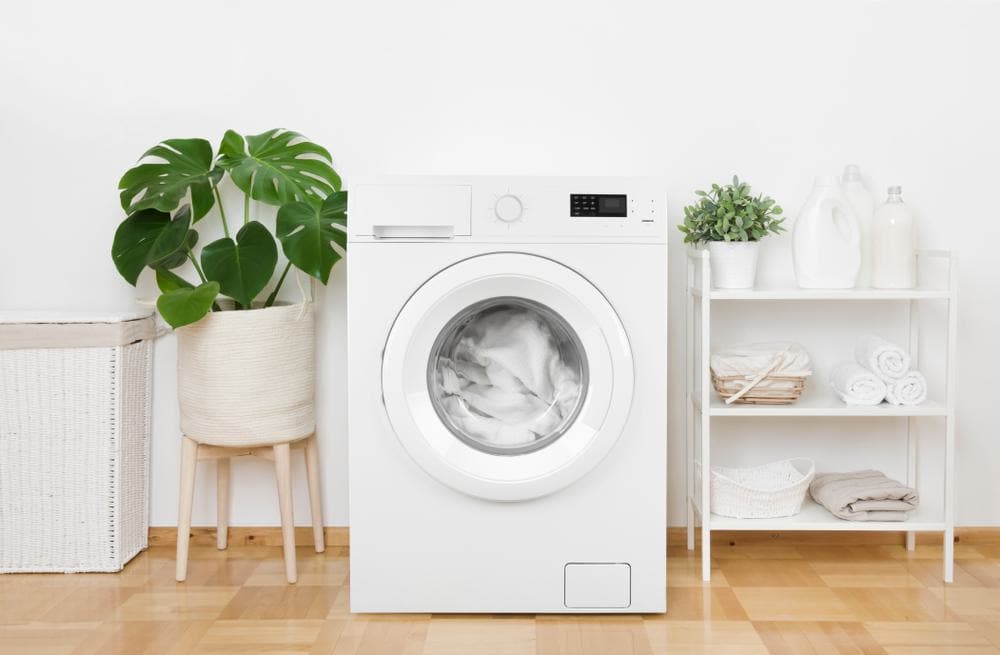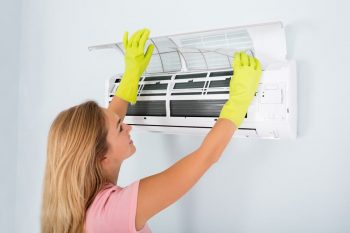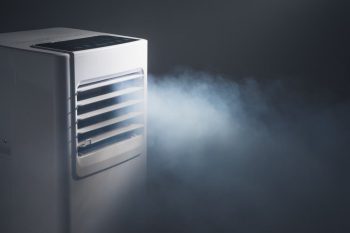
Washing machines are a staple in many households around the world. But have you ever wondered what a washing machine is made of? In this comprehensive guide, we’ll delve into the various components and materials that make up a washing machine, their functions, and why they were chosen for this purpose. We’ll also discuss the environmental impact of these materials and the innovative alternatives being considered for modern washing machine construction.
A washing machine is primarily made up of sheet steel, which forms the outer casing and most parts. It also contains components made from stainless steel, enameling iron, plastics, aluminum, copper, and glass. These materials are chosen for their durability, resistance to corrosion, and cost-effectiveness.
What Materials Make Up a Washing Machine?
A washing machine is made up of a variety of components, each serving a specific function. The main materials used in the construction of a washing machine include:
- Sheet steel: This forms the outer case and most parts of a washing machine. It is usually coated with zinc to improve rust resistance.
- Stainless steel: Used in some models for the spin tub due to its durability and resistance to corrosion.
- Enameling iron: This type of steel is designed for a porcelain coating and is used for the wash tub.
- Plastics: Components like the tub guard, water pump, and drum housing are made from plastic materials.
- Aluminum: Used in parts of a washing machine like the motor.
- Copper: Found in the electric motor and cables in a washing machine.
- Glass: In front-loading machines, the loading door is often made of glass or transparent polymer.
Why These Materials?
These materials are chosen for their durability, corrosion resistance, and cost-effectiveness. Steel is the most common material used in washing machines due to its strength and resistance to rust, making it suitable for long-term use. Stainless steel is even more durable and resistant to corrosion, while plastic is lightweight, cost-effective, and resistant to corrosion. The choice of materials also depends on the availability and competition among manufacturers, as well as the need for product advancements and quality.
Components of a Washing Machine
Let’s now look at the different parts of a washing machine and their functions:
- Water pump: Circulates water through the machine during the wash and rinse cycles.
- Drain pipe: Expels dirty water from the machine.
- Water inlet valve: Controls the flow of water into the machine.
- Tub/Drum: Consists of an inner drum, where clothes are placed, and an outer drum that holds water.
- Agitator/Paddles: Moves clothes around during the wash cycle.
- Motor: Powers the movement of the agitator, discs, or drum during the wash cycle.
- Circuit board: Controls the electrical components and functions of the washing machine.
- Timer: Regulates the duration of each cycle.
- Control panel: Contains buttons and indicators for operating the washing machine.
- Heating element: Heats water to the desired temperature during the wash cycle (not available in all models).
- Water level control: Adjusts the amount of water used in the machine based on the load size.
The Environmental Impact
The environmental impact of materials used in the production of washing machines is significant. Steel, which accounts for about half of the weight of washing machines, has a considerable carbon footprint due to the greenhouse gas emissions associated with its production. In addition, washing machines also contribute to plastic pollution. However, modern washing machines have made significant strides in both water and energy efficiency in recent years.
Innovative and Eco-Friendly Alternatives
In response to the environmental impact of traditional washing machine materials, manufacturers are exploring innovative and eco-friendly alternatives. These include using recycled materials and designing machines that filter out microplastics. Biodegradable detergents and other sustainable laundry products are also becoming increasingly popular.
Conclusion
Washing machines are complex appliances made up of a variety of components and materials. The choice of materials significantly impacts the machine’s functionality, efficiency, and environmental impact. By understanding the materials and components that make up a washing machine, we can make more informed decisions when purchasing and using these appliances.
Frequently Asked Questions
What is the lifespan of a washing machine?
The average lifespan of a washing machine is approximately 11 years. However, this can vary depending on the model, usage, and maintenance.
Can all components of a washing machine be recycled?
Yes, most components of a washing machine can be recycled, including metal parts, plastics, and glass. However, the recycling process may vary based on local regulations and recycling facilities.
How does a washing machine work?
A washing machine works by filling the wash tub with water and detergent, agitating the clothes to remove dirt, draining the dirty water, and then spinning the clothes to remove excess water.
What are some tips for maintaining a washing machine?
Some tips for maintaining a washing machine include not overloading it, using the right amount of detergent, cleaning the machine regularly, and checking and replacing the hoses as needed.
Why do some washing machines have a glass door?
The glass door in front-loading washing machines allows users to see the washing process. It also provides a seal to prevent water from leaking out of the machine.
What are some of the ways to reduce the environmental impact of washing machines?
Some ways to reduce the environmental impact of washing machines include using energy-efficient models, washing full loads, using cold water when possible, and properly disposing of or recycling the machine at the end of its life.












